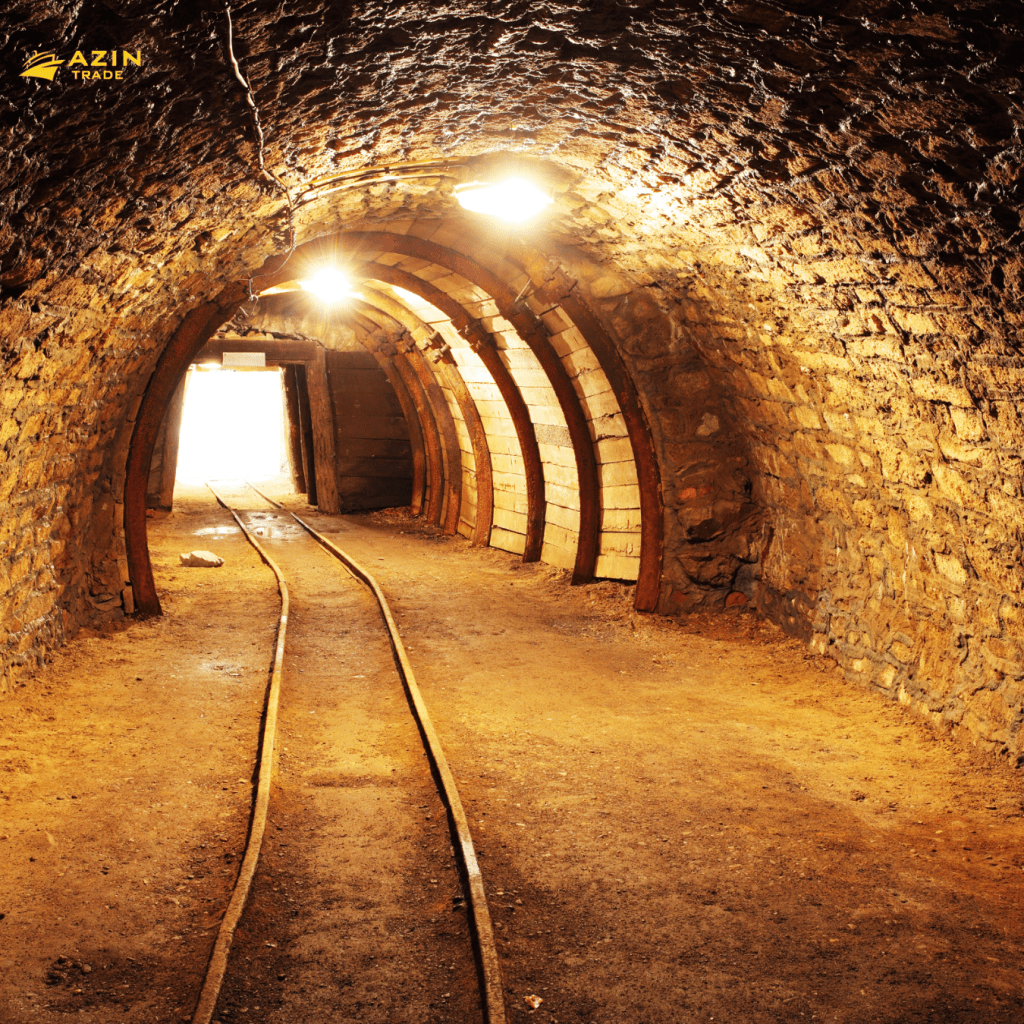
The most terrible explosion and killing in the mine in history!
One of the most terrible mining disasters in history occurred on April 26, 1942, in Benxihu Colliery (also known as Honkeiko Colliery) located in northeastern China. This coal mine explosion remains the deadliest mining accident ever recorded.
The Benxihu Colliery explosion was triggered by a combination of a gas and coal dust explosion. The exact cause of the initial ignition is still uncertain, but it is believed to have been a methane gas explosion that ignited the highly combustible coal dust in the mine. The explosion resulted in a series of subsequent explosions, causing extensive damage and loss of life.
The death toll from the Benxihu Colliery disaster was staggering. It is estimated that between 1,549 and 1,749 miners lost their lives in the incident. The explosions and resulting fires trapped many workers deep underground, making rescue efforts extremely difficult. The lack of proper safety measures and inadequate ventilation systems in the mine contributed to the severity of the disaster.
The Benxihu Colliery tragedy served as a stark reminder of the hazards faced by miners and the importance of implementing strict safety regulations in the mining industry. It led to significant changes in mine safety practices and regulations worldwide, with an increased focus on improving ventilation systems, monitoring gas levels, and implementing stricter safety protocols to prevent similar incidents in the future.



